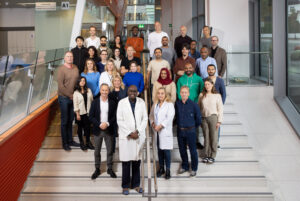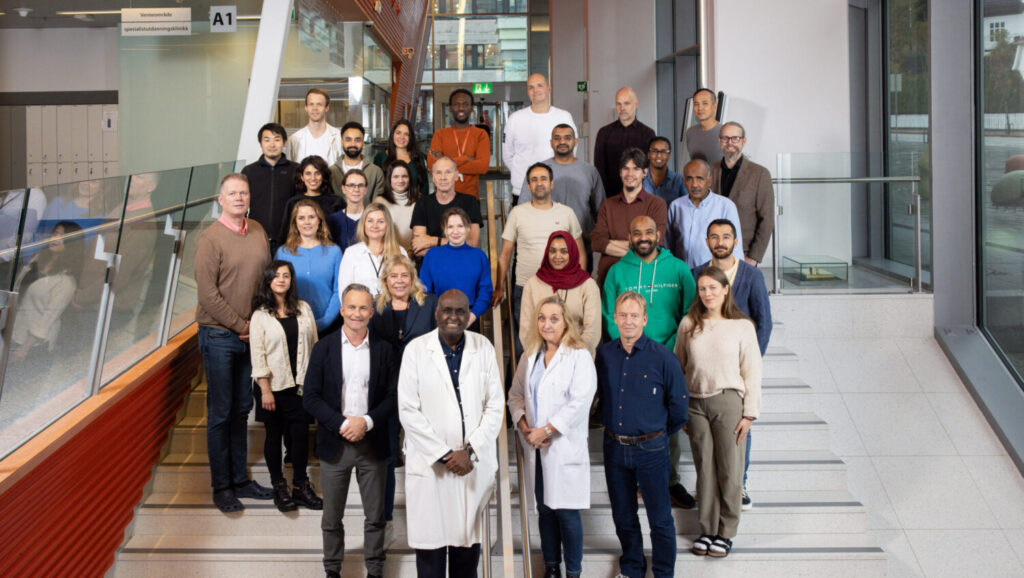In an article by Ms. , Prof. Kamal Mustafa’s team at the University of Bergen is spotlighted for their innovative work in regenerative medicine. Under the leadership of Prof. Kamal Mustafa, our research team at the University of Bergen is pushing the boundaries of regenerative medicine, developing new therapies to heal injuries and diseases that current treatments can’t fully address. By focusing on patients with tissue damage from burns, bone loss, and age-related conditions, we’re working to create safer, faster recovery options.
“Regenerative medicine holds incredible potential,” says Prof. Mustafa. Recently, the team has made strides in growing bone tissue from patients’ own stem cells, a breakthrough achieved in collaboration with Haukeland University Hospital. This success has sparked interest among burn specialists eager to test similar techniques for skin regeneration.
Our approach uses advanced 3D bioprinting to build custom scaffolds that, combined with stem cells, could regenerate missing tissue. This method could significantly reduce recovery time, minimize scarring, and cut infection risks. Our recent grant application aims to further this technology, bringing us closer to routine clinical use.
Currently, we rely on patient-derived stem cells, but that process is costly and slow. To overcome this, Prof. Mustafa is leading an effort to establish a national biobank of donor cells to make treatments faster and more affordable. Early trials are ensuring these donor cells won’t trigger immune rejection, and larger clinical trials are on the horizon.
Collaborating with partners, including a German biobank and Norwegian biotech firm OceanTuniCell, we’re developing biocompatible materials to use in clinical settings. If successful, Prof. Mustafa envisions that in eight years, this groundbreaking regenerative approach could be standard practice in Norway, with Haukeland University Hospital as a central hub for stem cell-based treatments.
We would like to thank Ms. and Mr. Senneset for the article and photo shooting, respectively.


